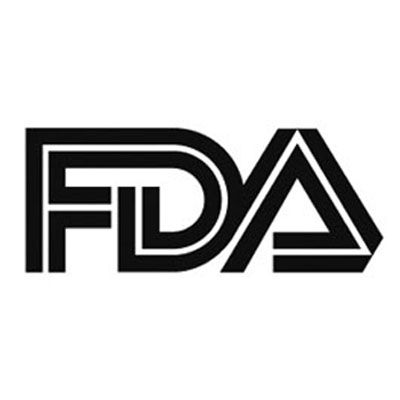Plinabulin Granted FDA Breakthrough Therapy Designation for Chemotherapy-Induced Neutropenia
A Breakthrough Therapy designation was granted to plinabulin as treatment of chemotherapy-induced neutropenia from both the FDA in the United States and China’s Center for Drug Evaluation of the National Medical Products Administration.

A Breakthrough Therapy designation was granted to plinabulin as treatment of chemotherapy-induced neutropenia (CIN) from both the FDA in the United States and China’s Center for Drug Evaluation of the National Medical Products Administration, announced BeyondSpring Inc, developer of the drug, in a press release.1
Should this agent be approved, it would fulfill a significant unmet medical need for CIN.
"Receipt of Breakthrough Therapy Designation from the FDA acknowledges both the significant unmet need among patients with CIN and the highly encouraging clinical results generated by Plinabulin,” said Douglas Blayney, MD, global principal investigator for the CIN studies pf Plinabulin and professor of Medicine at the Stanford University School of Medicine, in a statement.
“This should expedite Plinabulin’s move into the clinic, which is beneficial for patients. The currently approved CIN prevention agents are all G-CSF-based and not available to all patients. Even with the use of G-CSFs, over 80 percent of cancer patients undergoing chemotherapy may still experience Grade 4 neutropenia, which could lead to severe infection, hospitalization, and even death. Thus, CIN still represents an unmet medical need.”
The designation was based on findings from the phase 3 PROTECTIVE-2 clinical trial (NCT03294577), which achieved a clinically meaningful primary end point of prevention of severe neutropenia. In combination with pegfilgrastim (Neulasta), plinabulin was significantly better at achieving the primary end point (P <.01). The safety profile also appeared well-tolerated with few adverse events of grade 4 severity in the combination arm compared with the control.
These results are supported by other studies in CIN that have confirmed early action of plinabulin in week 1 by protecting neutrophils in various cancer types with a variety of chemotherapy agents. This is complementary to week 2 neutrophil protection with granulocyte colony-stimulating factors (G-CSFs).2
The superiority study, PROTECTIVE-2, was designed to assess both the safety and efficacy of plinabulin as treatment of patients with breast cancer treated with docetaxel, doxorubicin, and cyclophosphamide (TAC) in a 21-day cycle. Plinabulin was administered in a 40 mg dose on day 1 with a 6 mg dose of pegfilgrastim on day 2, while pegfilgrastim was administered in the control arm at 6 mg dose as well on day 2. TAC is considered a high-risk chemotherapy regimen associated with neutropenia.
BeyondSpring announced the interim findings of this study in June 2020, which demonstrated a significant enhancement of G-CSFs with the plinabulin combination, which supports the potential for superiority of this treatment compared with pegfilgrastim alone.
The primary end point of severe neutropenia prevention in cycle 1 demonstrated a P value <.01. The key secondary end points of this study included duration of severe neutropenia in cycle 1 (P <.05) and duration of severe neutropenia in the first 8 days of cycle 1 (P <.05). The achievement of these end points demonstrates the agent’s ability to provide early protection against severe neutropenia induced by chemotherapy.
The rate of grade 4 neutropenia for TAC and pegfilgrastim is observed in 83% to 93% of patients, according to the interim findings.
Plinabulin is a first-in-class differentiated immune and stem cell modulator. The agent is currently in late-stage clinical development for its opportunity to improve overall survival in patients with cancer, as well as to alleviate CIN. Plinabulin and G-CSFs have complementary mechanisms of action for preventing chemotherapy-induced neutropenia.1
"The clinical profile Plinabulin has shown truly represents a breakthrough in the CIN space since G-CSFs," said Ramon Mohanlal, MD, PhD, MBA, chief medical officer, and executive vice president, Research and Development, BeyondSpring, in a statement. “We look forward to continuing to work with the FDA as we advance the development of Plinabulin to address this urgent medical need.”
References
1. BeyondSpring receives breakthrough therapy designations from both US FDA and China NMPA for plinabulin in chemotherapy-induced neutropenia indication. News Release. BeyondSpring. September 8, 2020. Accessed September 10, 2020
2. BeyondSpring Announces Positive Topline Interim Results from PROTECTIVE-2 (Study 106) Phase 3 Trial Evaluating Superiority of Plinabulin in Combination with Neulasta for Chemotherapy-Induced Neutropenia Prevention. News Release. BeyondSpring. June 15, 2020. Accessed September 10, 2020. https://bit.ly/2YDJbiQ










